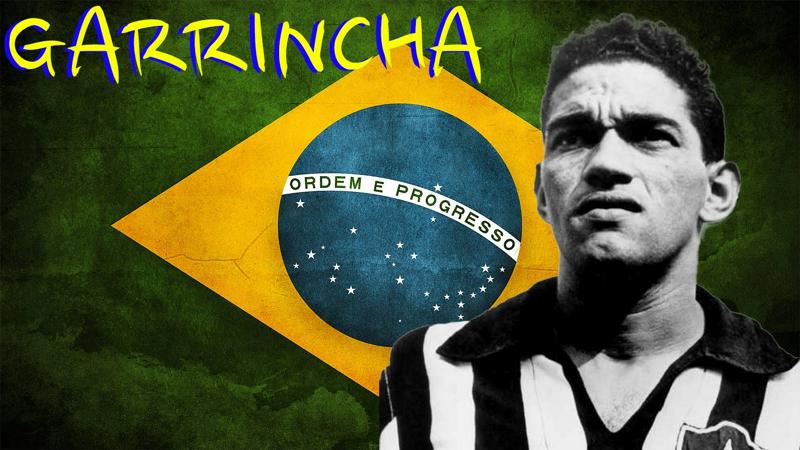
Manuel Francisco dos Santos (28 October 1933, January 20, 1983), known as Garrincha, meaning "the little bird", was a Brazilian football player who held the center of the right wing and the striker. Many consider him one of the best dodgers in the history of football.
In 1958 and 1962, Garrincha won the World Cup with Brazil. In 1962, with Pele's injury, he led the team to the title, winning the Golden Ball as the best player in the tournament, and the Golden Boot as the top scorer in the same edition. His name was in the World Cup squad. In 1994, he was chosen as FIFA's best team in World Cup history. Brazil did not lose a game in which Garrincha and Pele played.
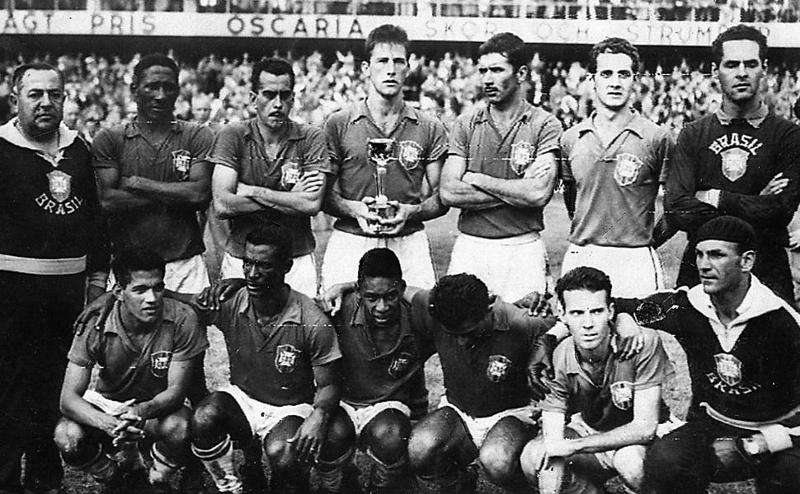
At the club level, Garrincha played most of his career with Brazilian team Botafogo. In 1999, he won seventh place in FIFA's vote for the best player of the 20th century. He is one of the best players in the history of the World Cup in the 20th century and has been introduced into the Brazilian Football Hall of Fame.
International career:
Garrincha played 50 caps for Brazil between 1955 and 1966 and took part in three World Cups in 1958, 1962 and 1966. Brazil lost only one game with him on the pitch against Hungary at the 1966 World Cup, the last time Garrincha had played with National team. Pele did not play against Hungary, so Brazil never lost Pele and Garrincha on the pitch.
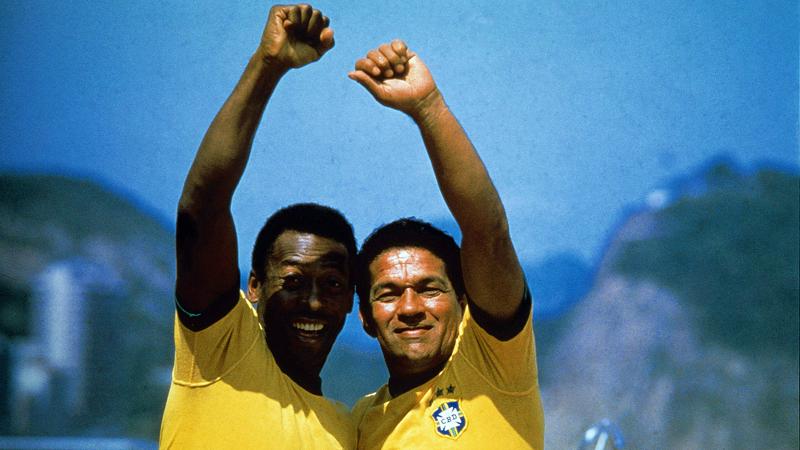
His career with clubs:
Garrincha played football in 1955 and played for the Brazilian club Botafogo for 12 years. He took part in 581 matches and scored 232 goals before moving to Corinthians in 1966. He played 10 games and scored two goals. In 1968 he signed for Atletico Junior, In just one match, he moved to Flamengo, played with them until 1969, played in 15 games and scored 4 goals. In 1972, he moved to Olaria Río and played 10 games with one goal and then retired.
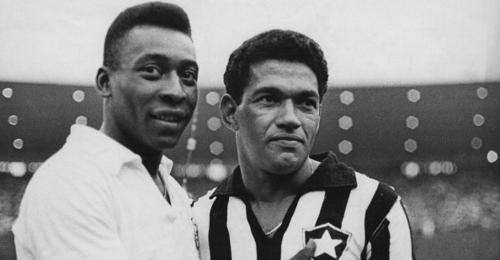
Style of play:
Garrincha is known for his superb control of the ball, the skills of dribbling, the tricks on the wing, and his ability to create opportunities from nothing. He also had strong shots, finding free kicks, and footing outside.
His Brazilian passion for his innocence, his ability to delight in his provocative provocations, and also the "joy of the people". He was considered one of the greatest players of all time. He was voted in the 20th century by 250 of the world's most respected writers and journalists. He was ranked seventh in FIFA's vote for the best player of the 20th century. In the history of football.
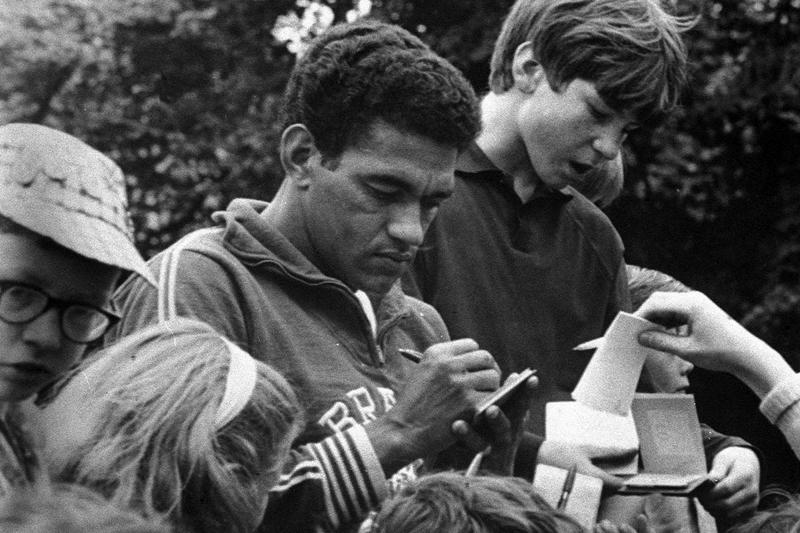
The end of his professional career and farewell match in 1973:
In 1973, although he was still tied to a contract with the Olaria Rio Club, Garrincha decided to retire. Apart from his age (he was 40 years old), there was another reason for his desire to retire: it became very first.
On December 19, 1973, Garrincha was bid farewell to FIFA World Cup and Brazil at the Maracana stadium in Rio de Janeiro against 131,000 spectators. The Viva team consisted mainly of Argentine and Uruguayan players, while Brazil included Pele, Carlos Alberto, and many members of the World Cup winning team in 1970. Garrincha started the match and, while in the first half, at a point when Brazil was in attack, The match was judged so that Garrincha could leave the stadium and be respected by the fans. He then toured the stadium before disappearing through the stadium tunnel.
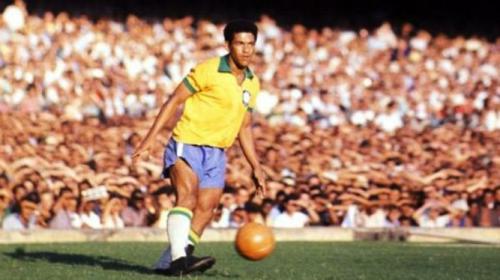
Recent years and his death:
There was a striking contrast between Garrincha's success at the football field and his personal life. He drank heavily throughout his life and was involved in several serious road accidents, after a series of financial, marital, and health problems, died of liver cirrhosis on January 20, 1983, in an alcoholic coma in Rio de Janeiro. He had been hospitalized eight times the previous year, and by the time of his death he had been physically and mentally damaged. His last years were unhappy and mysterious, he seemed to have become a forgotten hero, but his funeral procession, from Maracana to Bau Grande, attracted millions of fans, friends and ex-players to show their respect.
He was named after many stadiums in the capital Brasilia and a documentary film about his life was produced both inside and outside the stadium in 1962 and in 2003.
Comments